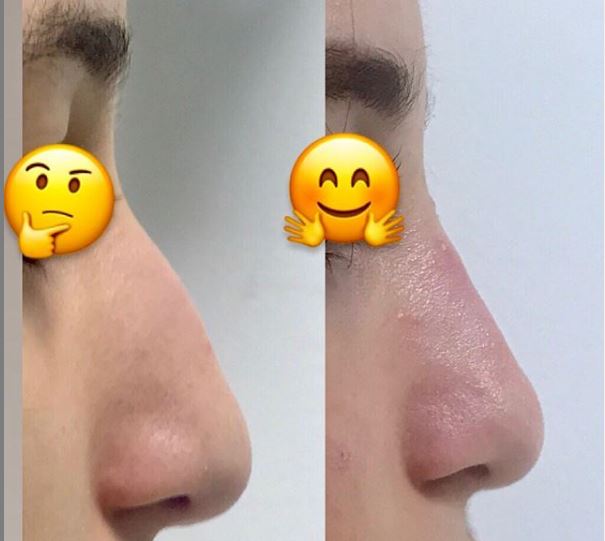A rhinolpasty should be as simple as possible.
Hump removal, nostrils reduction and tip projection are all you need for a natural result
For more info:
http://www.drkitsioschristos.com/blog/archives/374/open-rhinoplasty-before-after/
Plastic, reconstructive, aesthetic surgery / microsurgery. Consults and operates at Apollonion Private Hospital, Nicosia Cyprus
After surgery Dr Kitsios may place a plastic or metal splint on your nose. This helps your nose retain its new shape while it heals. Sometimes nasal packs or splints inside your nose are used to stabilize your septum, which is the part that separates your nose in the middle.
You’ll be monitored in a recovery room for at least a few hours after surgery. If everything is okay, you can leave later that day. Otherwise you need to stay one day.
To reduce bleeding and swelling after rhinoplasty, you need to rest with your head elevated or stay seated. Your nose will feel swollen and congested. Dressings and splints stay for 10 days after rhinoplasty. You will have absorbable stitches inside, meaning they’ll dissolve and won’t require removal.
For a few days after your rhinoplasty, you might experience drainage and bleeding. You can put a pad( a piece of gauze) below your nose to absorb blood and mucus. Dr Kitsios will tell you how often to change your drip pad.
You might have headaches and your face will feel swollen and you ned to take pain medication and antibiotics.
Dr Kitsios advises you to avoid the following for a few weeks after your surgery:
- running and other physical activities
- blowing your nose
- excessive chewing
- wearing eyeglasses on your nose
- taking hot baths and being in the sun
You should be able to return to work in 2 weeks.
